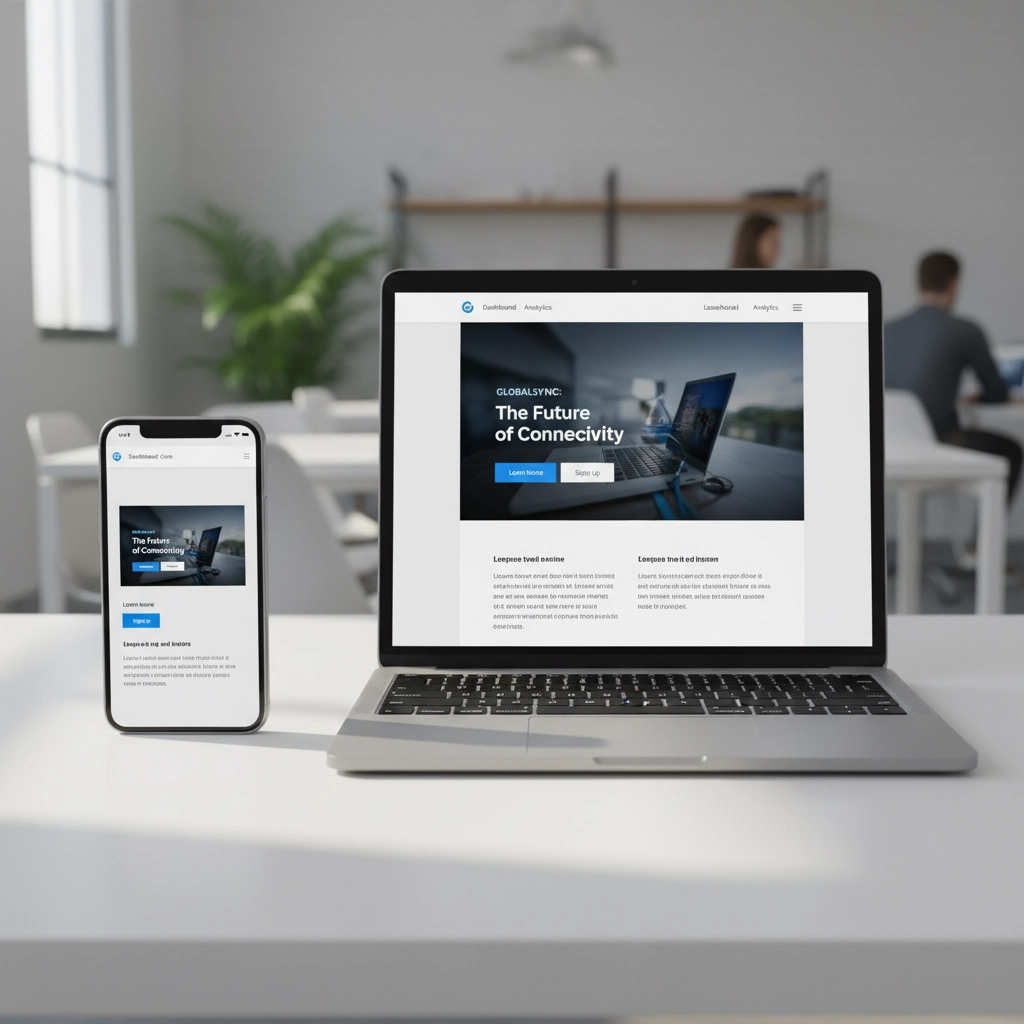Quick Wins: 10 Website Changes You Can Make This Week to Double Your Leads
- Spencer Johnson
- Nov 6
- 5 min read
Updated: 7 days ago
Your website isn't generating enough leads. Most B2B teams wrestle with conversion rates that barely scratch the surface of their traffic potential. The hardest part is knowing where to start when everything feels like it needs fixing.
Stop the guesswork. These ten strategic website changes require minimal technical expertise and can be implemented within a week. Each modification directly impacts your lead generation capacity, and combined, they create a conversion-focused business website that works harder for your bottom line.
1. Optimize Your Site for Mobile Users
"Mobile optimized" means more than shrinking your desktop site to fit a small screen. On mobile, clarity wins when you selectively add, remove, or rearrange elements. Design for touch, limited attention, and smaller viewports—not just scale things down.
Start by testing with Google's Mobile-Friendly Test and a real phone. Then address the essentials:
Ensure buttons are large enough for thumbs (minimum 44x44 pixels)
Eliminate horizontal scrolling by using responsive design elements
Remove intrusive pop-ups that block content on smaller screens
Use readable font sizes (minimum 16px) without requiring zoom
Prioritize visible, sticky CTAs and tap-friendly menus
Hide non-essential modules on mobile (or move them below primary content)
Use short, scannable sections and accordion content where helpful
A mobile-optimized website isn't optional: it's fundamental to modern lead generation.
2. Accelerate Your Page Loading Speed
Page speed kills conversions faster than poor design. Even a one-second delay can tank engagement.
Prioritize what appears first. Load your headline, primary image/logo, and CTA above the fold before anything else. Use simple motion to guide attention as content appears—light fades, skeleton loaders, or progress indicators—so the page feels responsive while heavier assets finish loading.
Two practical paths:
Basic (no technical expertise):
Advanced (technical side notes):
Fast, focused first impressions keep prospects engaged and improve search visibility. Stop the guesswork and make your first screen load instantly useful.

3. Rewrite Your Value Proposition for Clarity
Your homepage tagline has approximately 15 seconds to communicate what you do, who you serve, and why prospects should care. Generic messaging like "innovative solutions" or "trusted partner" wastes this critical opportunity. Boil it down to 10 words: what you do, for whom, and the outcome.
Replace vague language with specific, benefit-driven statements:
Instead of: "We provide comprehensive marketing solutions" Write: "B2B companies increase qualified leads by 40% using our targeted campaign strategies"
Use the StoryBrand framework as your filter: make the customer the hero, clarify the problem, present your plan, and define the success. In October 2025, the StoryBrand podcast discussed effective one-liners; we recommend those episodes as a guide. If you want feedback on your line, reach out with questions. Your value proposition should immediately answer the prospect's question: "What's in this for me?" Make it impossible to misunderstand your core offering.
4. Make it About Them
Review every page on your website and count how many sentences start with "We," "Our," or your company name. This exercise reveals how much your content focuses on you instead of your prospect's needs. In StoryBrand language, your customer is the hero; your brand is the guide.
Transform your website content by shifting to "you" language and connecting directly to the problem your audience is trying to solve:
Before: "We help companies streamline their operations"
After: "You'll eliminate workflow bottlenecks and save 15 hours per week"
This shift makes visitors feel the content speaks directly to their challenges and goals. Customer-centric copy consistently outperforms company-focused messaging in conversion testing.
5. Place Testimonials at Decision Points
Testimonials buried on a separate page provide minimal conversion value. Strategic social proof placement builds trust exactly when prospects need reassurance most.
Position customer testimonials near:
Service descriptions and pricing information
Contact forms and call-to-action buttons
About page sections describing your expertise
Case study previews and success metrics
Include specific results and recognizable company names when possible. Authentic testimonials from similar businesses directly address prospect concerns about working with your agency.
6. Simplify Your Website Navigation
Confusing navigation sends prospects away before they convert. Your menu structure should guide visitors toward conversion, not create decision paralysis.
Audit your current navigation using these criteria:
Use customer language, not internal jargon ("Services" instead of "Offerings")
Limit main menu items to 5-7 categories
Create clear paths to your most important conversion pages
Include a prominent contact or consultation button
Then use your analytics to prioritize what people actually want:
Identify top landing pages, top exit pages, and highest-converting pages
Elevate these in your header, footer, and prominent in-page CTAs
Surface best-performing resources, case studies, and portfolio items on the homepage and service pages
Remove or demote low-engagement items that distract from key paths
Make critical destinations easy to access—not just listed—so visitors can act without hunting. Clear navigation keeps visitors engaged longer and increases the likelihood they'll complete your desired actions.

7. Add Lead Capture Forms to High-Traffic Pages
Limiting lead generation to a single contact page wastes traffic from every other page on your site. Strategic form placement creates multiple conversion opportunities throughout the prospect journey.
Install lead capture forms on:
Your homepage (above and below the fold)
Service pages with high organic traffic
Blog posts that attract your ideal prospects
About page sections describing team expertise
Keep forms simple: request only essential information needed to qualify and follow up with leads. Every additional field reduces conversion rates.
Make forms frequent and easy to access: include a header CTA, section-level forms, and surface them at least 4–5 times on a page.
8. Refresh Your Visual Design Elements
Outdated website design immediately signals that your business may not keep pace with current trends and technology. You don't need a complete redesign to make meaningful visual improvements.
Focus on these high-impact design updates:
Update color schemes to reflect current brand standards
Swap stock photos for real in-office and team images to humanize your brand visuals
Ensure consistent typography throughout all pages
Add white space around important elements to improve readability
Professional visual design builds credibility and keeps prospects engaged with your content longer.
9. Make It Simple
Audit your conversion and contact pages to ensure nothing distracts from lead capture. Keep CTAs front and center and remove exits that don’t serve the decision.
Eliminate or relocate:
Social media icons in headers and sidebars
Links to partner websites or vendor resources
External industry publications and news feeds
Non-essential third-party tools or platform links
Reserve external links for blogs and resource libraries where added value outweighs conversion risk.

10. Optimize Title Tags and Meta Descriptions
Your search result listings directly impact qualified traffic volume. Compelling title tags and meta descriptions increase click-through rates from search engines, bringing more prospects to your website. We recommend Detailed SEO to analyze your site—and your competitors’ sites—for meta and title best practices and SEO benchmarking.
Create title tags that:
Include primary keywords naturally within 60 characters
Communicate clear value propositions
Differentiate your offering from competitors
Match search intent for target queries
Write meta descriptions that preview your page content in 155 characters while encouraging clicks. These elements function as your first marketing message to prospects discovering your business through search.
Implementation Strategy That Delivers Results
Most of these changes can be made directly in your website editor—no dev ticket required. Start with mobile and page speed so every visitor benefits, then tighten your message and surface forms to capture the demand you already have.
Stop the guesswork. If you want a second set of eyes or have questions about your specific site, reach out. The Haven Agency is ready to help you prioritize, implement, and measure what moves the needle.
Ready to improve your website's lead generation? Take the first step today.




